Yates Account
Join now
Create a Yates account today!
Sign up to join the Yates Garden Club for monthly e-mails packed with seasonal inspiration, tips for success & exclusive promotions.
Plus if you’re a Garden Club member you can take part in the Yates Growing Community - a blog to share successes, get advice & win prizes in fun challenges along the way!

Forgot password
Enter the email address associated with your account, and we'll email you a new password.

Roses have always been a favourite flower in the garden. They were cultivated by the ancient Babylonians, Greeks and Romans, and no other flower has received more attention from gardeners through the ages. Modern rose varieties, with their superb colour range, flower form and fragrance, make them irresistible for garden display or for cut flowers.
Roses are extremely adaptable to both climate and soil. In cool, temperate and cold climates, roses have successive flushes of bloom during warm weather, but in warm subtropical climates they can flower all year round. Many of the rose blooms sold by florists during winter are grown under glasshouse conditions.
There are so many different types of roses that there is one for any situation in the garden, provided there is sufficient sunlight and good drainage. Bush roses can be used in garden beds, generally with low-growing winter or spring-flowering annuals, perennials or bulbs to give colour to the garden during their dormant period. Floribunda roses make good borders or low hedges, while climbing roses can be trained on walls, fences and pergolas. Standard roses or weeping standards, which are grafted on to tall root-stocks, are excellent for borders or accents (e.g. along driveways).
They provide lots of cut flowers and allow other annual flowers (and even vegetables) to grow beneath them. In recent times there, has been a strong interest in growing and understanding ‘old-fashioned’ roses with breeders turning to old roses for inspiration. ‘David Austin’ or ‘English’ roses combine old rose flower characteristics with modern disease resistance and free-flowering attributes.
There seems to be renewed interest in growing perfumed roses, and bushes that produce a good garden display rather than the stiff, upright-growing, cut flower varieties that were popular last century. Other breeders are concentrating on ground-cover roses, thornless roses and the quest for the elusive blue rose. Delbard roses specialise in multi-coloured flowers. One spectacularly successful new-generation rose has been the ‘Flower Carpet’ series.

Location and Soil
Roses need a sunny position to grow and flower well. They should not be grown too close to other shrubs or trees that will compete with them for light, moisture and nutrients. Good drainage is necessary, too. In heavy soils raising the bed 15–20 cm above the surrounding level will usually provide sufficient drainage.
Roses are very adaptable plants that can be grown on both sandy and clay soils. While they tolerate clay soil better than most plants, they do not prefer or need a clay soil to grow well. The ideal soil is a loamy topsoil with good structure, and a clay subsoil that will provide an even supply of moisture – as long as the clay is well drained and allows excess water to move away from the root zone.
Sandy soils, which don't hold moisture well, should be improved by adding plenty of organic matter. Because roses are long-lived plants, it is worthwhile spending some time and energy in preparing the soil well before planting. It is best to add organic matter, like Yates Dynamic Lifter Organic Plant Food, animal manure, compost or spent mushroom compost and dig it into the topsoil about four to six weeks before planting. If the soil is naturally acidic, Yates Thrive Natural Garden Lime can be added at the same time. Use about two-thirds of a cup per square metre on sandy soils and double this quantity on heavy soils.
As roses cannot make use of fertilisers until growth commences there is no need to apply them during the soil preparation stage. Ensure the soil is in a good crumbly condition for planting by digging it over again about two weeks before planting to break up any clods and mix the organic matter through the soil more evenly. Always cultivate heavy soils when damp (but not wet) so that they crumble easily. When growth appears in early spring, feed with a complete fertiliser like Yates Thrive Rose & Flower Granular Plant Food.
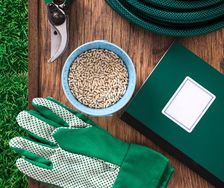
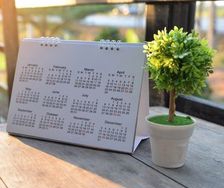
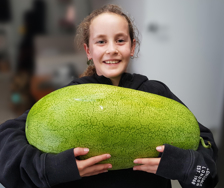
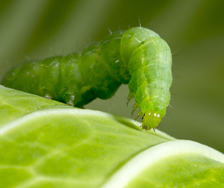
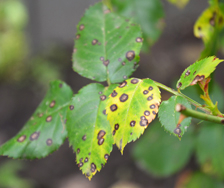
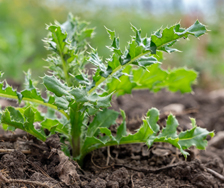
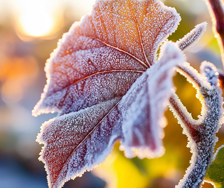
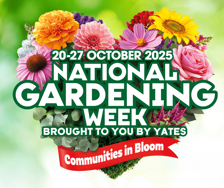







Share
Share this article on social media